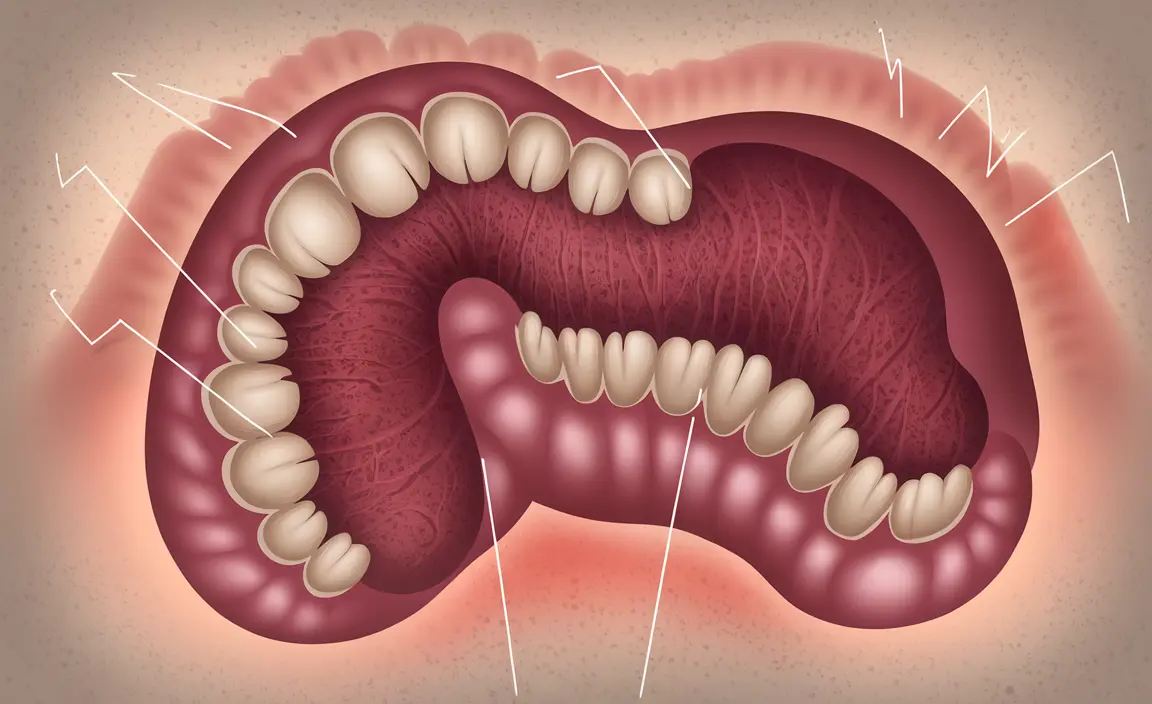Bite mark bruises can be concerning injuries that require prompt attention and proper care to prevent complications. Whether caused by accidental bites during sports activities, altercations, or other circumstances, these injuries need to be taken seriously due to the risk of infection and potential tissue damage.
This comprehensive guide will help you understand how to identify bite mark bruises, proper treatment approaches, and when to seek immediate medical attention. We'll also discuss potential complications and prevention strategies to ensure optimal healing.
Identifying Bite Mark Bruises
Bite mark bruises have distinct characteristics that set them apart from other types of bruising. They typically appear as a curved or oval-shaped pattern of discoloration, often with visible tooth impressions. The bruise may show two curved lines of marks, representing the upper and lower teeth.
Common characteristics include:
- Dark purple or reddish discoloration
- Circular or semicircular pattern
- Possible puncture marks where teeth broke the skin
- Surrounding swelling and tenderness
- Potential scraping or abrasion marks
Immediate Care and Treatment
When dealing with a bite mark bruise, taking prompt action is crucial to prevent infection and promote proper healing. The mouth contains numerous bacteria that can lead to serious infections if proper care isn't administered quickly.
First Aid Steps
Follow these essential steps immediately after receiving a bite mark bruise:
- Wash the area thoroughly with soap and warm water
- Apply gentle pressure to stop any bleeding
- Use a clean, cold compress to reduce swelling
- Keep the injury clean and covered with a sterile bandage
- Monitor the area for signs of infection
Warning Signs and Complications
Bite mark bruises can develop serious complications if not properly treated. Understanding the warning signs of infection or other problems is crucial for preventing more severe issues.
Signs of Infection
Watch for these concerning symptoms:
- Increased redness or warmth around the bite
- Worsening pain or swelling
- Pus or discharge from the wound
- Fever or chills
- Red streaks extending from the bite area
Medical Treatment Requirements
Some bite mark bruises require immediate professional medical attention, particularly those in high-risk areas or showing signs of complications. Healthcare providers may need to thoroughly clean the wound, prescribe antibiotics, or assess for deeper tissue damage.
High-Risk Situations
Seek immediate medical care if:
- The bite is on your hands, face, or joints
- The bite has broken the skin
- You have underlying health conditions
- There are signs of infection
- The bite is deep or particularly severe
Prevention and Long-Term Care
While some bite injuries are unavoidable, taking proper precautions can help prevent complications and ensure proper healing. This includes maintaining good wound care, following medical advice, and taking steps to prevent future incidents.
Frequently Asked Questions
What does a bite mark bruise look like and how can I recognize it? A bite mark bruise typically appears as a curved or oval-shaped bruise with possible tooth impressions. It usually shows a distinct pattern of two arched lines of bruising, often accompanied by swelling and tenderness in the surrounding area.
How can I treat a human bite mark bruise to prevent infection? Clean the area thoroughly with soap and warm water, apply an antiseptic solution, and cover with a sterile bandage. Change the dressing regularly and monitor for signs of infection. Keep the area clean and avoid touching it with unwashed hands.
When should I seek medical care for a bite mark bruise, especially on my hands or face? Seek immediate medical attention for bites on hands or face, as these areas are prone to serious complications. Also get medical care if the bite breaks the skin, shows signs of infection, or if you develop fever or severe pain.
What are the common signs that a bite mark bruise is infected? Common signs of infection include increasing redness, warmth, and swelling around the bite area, pus or discharge, fever, and red streaks extending from the wound. Worsening pain or flu-like symptoms also indicate possible infection.
Can a human bite mark bruise cause serious complications like tendon or bone damage? Yes, human bites can cause serious complications, including tendon or bone damage, especially on the hands or fingers. Deep bites can affect underlying structures and may require surgical intervention if not properly treated.




